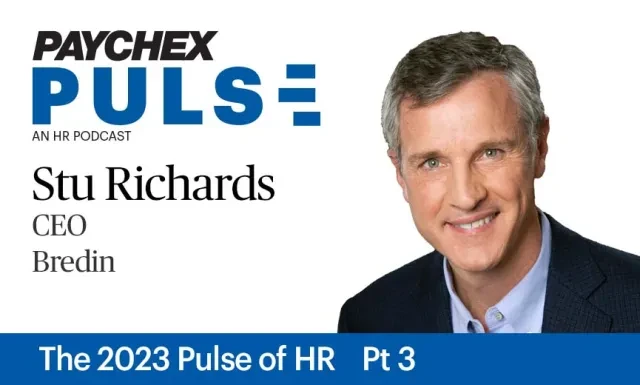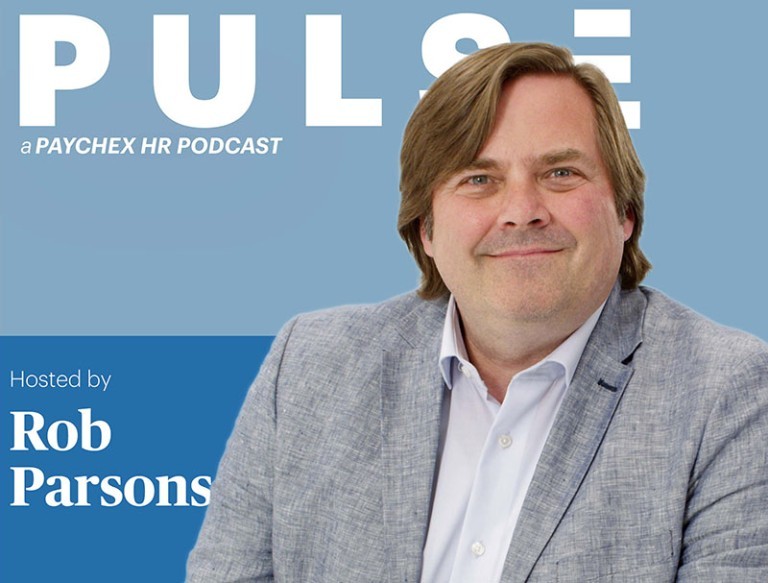Paychex Pulse, an HR Podcast
Want To Improve Your HR Leadership?
Get inside the issues facing today’s human resource leaders and managers. Hear about best practice recommendations, current HR trends, and develop strategies in managing your company’s biggest resource: your employees.
Featured













